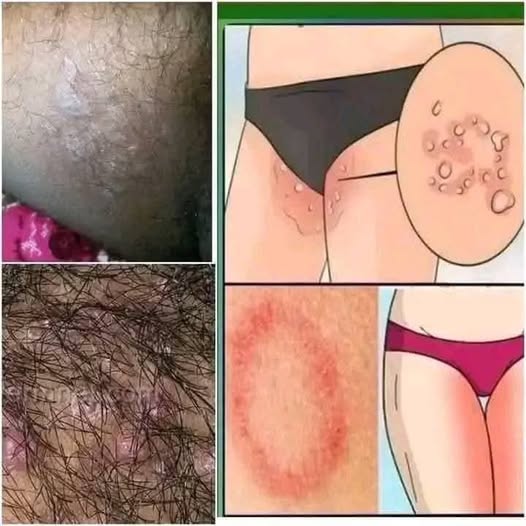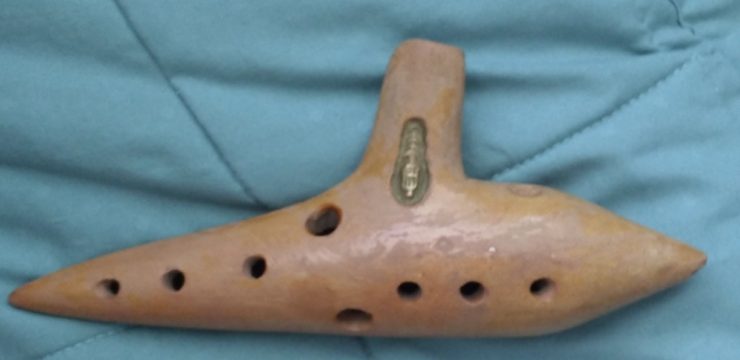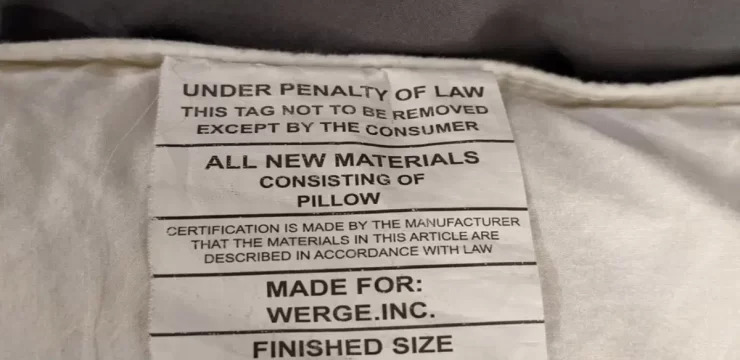Groin irritation is a common skin issue that can affect people of all ages and genders. The groin area is warm, moist, and often subject to friction, making it a prime environment for several types of skin problems. Understanding the most common causes of irritation in this sensitive area—and how to properly treat them—can help you stay comfortable and prevent minor issues from turning into more serious conditions.

One of the most frequent causes of groin irritation is ingrown hairs. These occur when a hair grows back into the skin rather than rising above it, which can cause red, itchy bumps that resemble pimples. People who regularly shave, wax, or pluck hair in the groin area are more likely to develop ingrown hairs, especially those with curly or coarse hair. Wearing tight clothing can also increase friction and make the condition worse. Typical symptoms include small, round bumps that may be filled with pus, redness, and inflammation. To treat ingrown hairs, apply a warm compress to the area to help reduce swelling, use an exfoliating cleanser to remove dead skin cells, and avoid shaving the area until it heals. In more severe cases, a dermatologist may be needed for treatment.
Another common skin condition is folliculitis, which occurs when hair follicles become inflamed due to bacteria, fungi, or irritation. It often presents as red or white-topped pimples and can cause itching or a mild burning sensation. Folliculitis can result from bacterial infections like Staphylococcus aureus, tight clothing, shaving, or contact with contaminated water such as poorly cleaned hot tubs. Treating folliculitis involves washing the area with antibacterial soap, using over-the-counter antibiotic ointments, and applying warm compresses. If the condition doesn’t improve or becomes more painful, a doctor may prescribe oral antibiotics to clear the infection. Tinea cruris, commonly known as jock itch, is another frequent cause of groin irritation.
This fungal infection primarily affects the groin, inner thighs, and buttocks, and while it is more common in men, it can affect anyone. The fungus thrives in warm, moist areas and spreads easily through sweating, wearing tight or non-breathable clothing, and sharing towels or other personal items. Symptoms include red, scaly patches with raised edges, persistent itching or burning, and a rash that may spread to other areas. Treatment involves applying antifungal creams like clotrimazole or terbinafine, keeping the area clean and dry, avoiding tight clothes, and not sharing personal items.
Contact dermatitis is also a frequent skin issue in the groin region. It occurs when the skin reacts to allergens or irritants, which can include laundry detergents, body lotions, synthetic fabrics, or latex. This reaction may lead to red, inflamed, or itchy skin, flaking, and sometimes small blisters. Managing contact dermatitis involves identifying and avoiding the irritant, using fragrance-free moisturizers, applying hydrocortisone cream to ease itching, and consulting a dermatologist if the symptoms persist. Intertrigo is another condition that affects skin folds, including the groin. It’s caused by friction, moisture, and lack of air circulation. People who are overweight or sweat heavily are more prone to developing it. Symptoms include red, raw skin, a stinging or burning sensation, and sometimes an unpleasant odor. To treat intertrigo, keep the area dry using talcum or antifungal powders, apply barrier creams like zinc oxide, and use antifungal or antibacterial creams if a secondary infection develops. Prevention is just as important as treatment. Practicing good hygiene and making a few lifestyle adjustments can go a long way in avoiding these conditions. Always shave with a clean, sharp razor in the direction of hair growth and consider using shaving cream to minimize friction. Wear breathable cotton underwear and avoid synthetic fabrics that trap heat and moisture. Wash the groin area daily, especially after sweating, and dry thoroughly before dressing. Don’t share personal items like towels or razors, as they can spread fungi and bacteria. Also, opt for fragrance-free skincare products to reduce the risk of allergic reactions. While many groin-related skin problems can be treated effectively at home, there are times when medical help is necessary. If a rash lasts more than two weeks, becomes increasingly painful, produces pus, spreads rapidly, or is accompanied by fever or flu-like symptoms, it’s time to see a healthcare provider. They can provide an accurate diagnosis and recommend a treatment plan that will help prevent complications. In conclusion, skin irritation in the groin area may be uncomfortable, but it’s often manageable with proper care and hygiene. Whether it’s from ingrown hairs, fungal infections, or contact with irritants, early detection and the right approach to treatment are key. Don’t ignore persistent symptoms—knowing when to seek medical help is just as important as knowing how to care for your skin at home.





